Wrapped Up: How to Sew a Linen Skirt Tutorial
When it comes to fashion, looking fabulous doesn’t always come cheap. From eighty dollar jeans to forty dollar tops, it seems that a paycheck just doesn’t go very far any more. But don’t you remember the days when gas was in the one dollar range, milk came in glass bottles and skirts cost only a few pennies on the dollar?
If you long for simpler days yet still want to look up to date on the latest trends, why not create your own styles? It’s the perfect way to fill your closet without emptying your bank account. If you’re in the mood for a new piece for your wardrobe but are low on cash read on to find one of our favorite classic pieces – the wrap skirt.
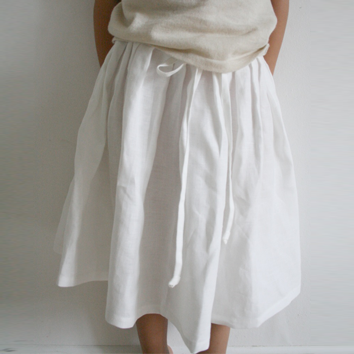
Here’s a foolproof plan for making a skirt that fits both your wardrobe and your pocketbook . . .
Supplies
Linen Fabric: There’s a reason top designers include linen in their spring and summer collections. It is lightweight, easy to care for, and comfortable to wear. Linen also has a beautiful hand and drape, making it an ideal choice for a warm weather skirt.
You will need about 2 yards of linen for each skirt you make. This skirt has a drawstring, so it is fully adjustable and will fit most sizes.
Other supplies
* Sewing machine and accessories (this project can be sewn by hand, but it will take longer to finish)
* Fabric marker
* Yardstick and fabric marker or rotary cutter, ruler and mat
* Scissors
* Pins
* Iron and pressing surface
* Hand sewing needle and thread
* Safety pin
* 2″ wide satin ribbon to match linen, 2 yards
Directions:
Note: This project uses a 1/2″ seam allowance. You will measure the fabric and pin, and then sew your skirt. This project is great for a beginner’there are no pattern pieces to worry about, and making it to your own measurements allows you to make a custom fit.
1. Wrap the fabric around your waist: Wash and dry the linen fabric, then wrap the fabric around your hips or the hips of the person you are making the skirt for. You will want to be sure that the skirt is large enough to slip off easily but not so large that it will bunch up.
2. Mark the fabric: Use a fabric marker to mark your desired width, making sure the skirt is comfortable at the widest part of your hips.
3. Cut the fabric: Remove the fabric, and lay it on a flat work surface. Use a yardstick and marker to extend your line from the top to the bottom of the fabric. Cut along the line.
Tip: You can use a rotary cutter and ruler to get the perfect cut every time. If you don’t have one, you can use a ruler and yardstick to measure your fabric, then cut with scissors.
4. Prepare the skirt for sewing: Lay out the fabric onto a smooth surface with the right sides facing inward. Then pin the side of the skirt to ensure straight stitching later on.
5. Sew the side seam: Using a small stitch, begin to sew a simple ‘½ inch seam down the skirt’s side and then turn the skirt right side out. This will give you a large tube of fabric. Press the seam.
6. Make the waistband: Flip the skirt’s waistband under ‘½ of an inch and iron – this will offer a sturdy seam without the stabilization of pins. Turn the seam over once more and sew in place.
7. Add the drawstring: From the middle of the waistband cut a tiny slit into the enclosure thread the satin ribbon through. This is done by scrunching the waistband up and then pulling the drawstring through with a safety pin.
Try on the skirt to decide how long you want it to be. If you need to, trim off any excess fabric by marking and cutting with scissors. Be sure to leave an extra inch for hemming.
8. Finishing: Press a ‘¼ inch seam into the hem. Flip the hem under another inch and sew using a straight stitch. Pin this hem in place, and sew by hand or machine to finish.
Next steps:
* Use ribbons, buttons, or contrasting fabric to embellish the top or bottom of your skirt.
* The wider your fabric tube is, the fuller your skirt will be. You can create very different looks by simply altering the width and length of the skirt.
When it comes to fashion, looking good doesn’t have to break the bank. With a little creativity, a few stitches and a little practice you can look your best for less.






















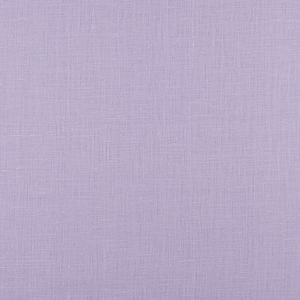


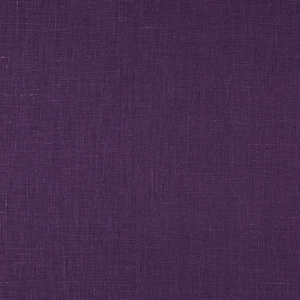
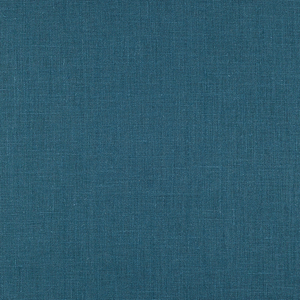


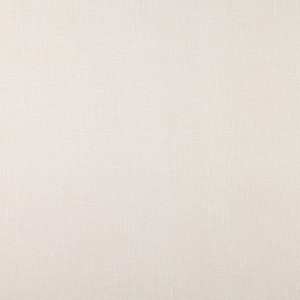


















7 Comments
Kristin Beach
I need some help on the waistband. Do I flip under when the fabric is right side out? I am not following turn the seam over once more and sew in place? How wide should the waistband be to accommodate the ribbon?
Lauren Gates
I have sent you an email Kristin, please look out for it 🙂
Judith
Here’s a tip one can use if you want to remove some of the bulk around the waist. Once you have the tube made,simply make am few darts where ever you feel you most need them. Maybe two in the back, or the front or one on each side. Make the dart 6 to 8 inches long, taking up 3 to 6 inches of material. Trim away the fabric and zigzag the edge to prevent fraying,and then continue with pressing and sewing the waist. This will give a slimmer profile so a T-shirt or sweater will drape just a bit nicer over the waist.
Kitty
When I was a girl,(60’s) my mom told me that she and her 9 sisters made Dirndl skirts when she was a girl (30’s-40’s). the proportions were 1 and 1/2 times your hip measurement, to 3 times your hip measurement depending on how light and thin the fabric was. heavier fabrics would be best in the smaller measurement. I tried both in a simple cotton poly and loved them both. Thought it might help somebody get started. Kitty
humaira khan
wow! its really owsom and easy way to cut. if i have this kind of linen then i will try it, but i will it on other fabrics also.
Jan
Has anyone had sucess making linen clothes using linen thread with a sewing machine? If so,can you lead me where to buy the linen thread and what size, ect.
Any input greatly appreciated!
Jan
C Ski
Burley and Towbridge online sell linen thread. I have never machine sewed with it but its a dream to sew with by hand.